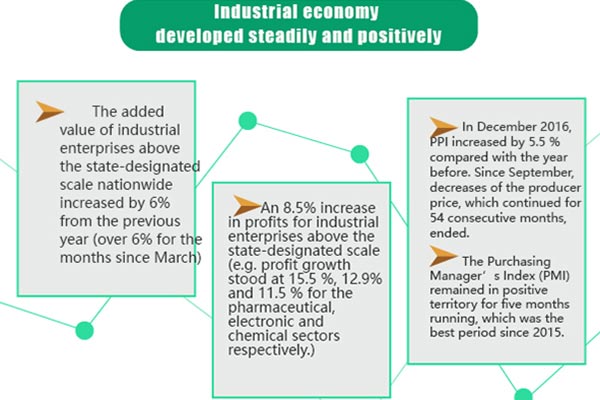Apple upsets the risk-reward ratio cart
While such tax loopholes need to be plugged, the tax system is not the only way to recoup the benefits that the US government helped trigger with its investments in risky innovations.
What to do to make the field of technology funding less parasitic? Part of the solution must entail the government getting a "reward" for the high-risk areas it funds directly. Wherever technological breakthroughs have occurred as a result of targeted public sector interventions, there is potential for the government, over time, to reap some of the financial windfall. This can occur by retaining a "golden share" of the royalties from patents, retaining a portion of equity, or also administering so-called income-contingent loans, similar to those now offered to students.
Clearly, the role of the government is not to run commercial enterprises, but to spark innovation in strategic areas. But given the ever-tighter public budgets, unless an innovation fund can be regularly replenished with some returns from the successes, innovation itself would be under threat.
The government should never have an exclusive license on or hold a large enough portion of the value of an innovation so that its commercial use is deterred in any form or fashion. But at the same time, it is self-defeating even for private-sector innovation if private companies are the only ones to gain all the reward. Indeed, the same criticism made about banks - socialization of risk, privatization of reward - holds for the innovation economy.
If the US wants to continue to be a leading technology nation providing a good quality of life to all its citizens, then it must urgently redress the grave imbalance in the risk-reward ratio governing the technology sector.
The author is a professor of economics and RM Phillips Chair in Science and Technology Policy at University of Sussex, and a contributor to The Globalist.com.

















